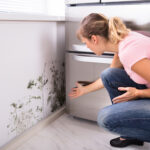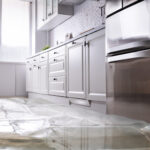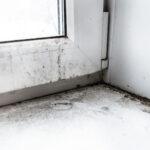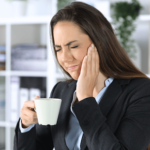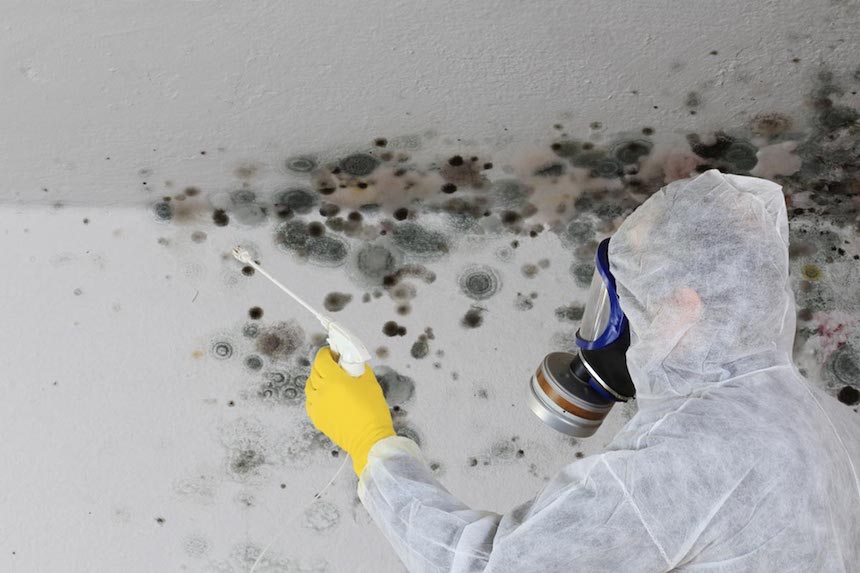
Considered an essential part of nature, mold is very common almost everywhere. As a result, it is almost impossible to keep some level of mold from entering your home. Able to be brought inside on shopping bags, pets, or your clothing, it may take up residence under a sink where a pipe is leaking, inside walls where standing water has been present, and many other places. Along with doing damage to your home, some molds pose serious health problems if not detected and removed. As for which types of mold may be dangerous, here are five you should be aware of regarding your home.
1. Stachybotrys
Commonly called “black mold,” stachybotrys is a toxigenic mold that is often found on wooden surfaces. Characterized by black spots that grow in size and spread rapidly, it can cause upper-respiratory issues, nosebleeds, fatigue, and headaches. If not removed, it can also eventually cause severe structural damage to walls, ceilings, flooring, and other surfaces. Black mold is actually as dangerous as any other type of mold. If you do experience symptoms, you can treat them with standard allergy medications. However, you may want to talk to your doctor if the symptoms persist.
2. Mucormycetes
If you spot white or gray puffs in your home, you’ve got a type of mold known as mucormycetes. Very common in summer and fall, it can often be found growing on air conditioners, which is one reason why it is important to have your HVAC system cleaned regularly. Considered highly allergenic, it can trigger asthma attacks or even lead to severe fungal infections for people with compromised immune systems. Should this be present in your home, call in mold remediation experts immediately.
3. Alternaria
Usually found around bathroom sinks, tubs, and showers, alternaria is brown and velvet-soft. One of the quickest-spreading molds, it can thrive in damp areas and lead to structural damage. If you or family members suffer from allergies, it can trigger upper-respiratory problems and asthma-like symptoms. This is one type of mold that you may be able to prevent by adding ventilation to your bathrooms and running a fan during hot showers or baths.
4. Aureobasidium
Known as “sooty mold,” it is usually present on bare wood, painted surfaces, and underneath wallpaper. Common in kitchens and bathrooms, it can irritate your skin as well as make you have watery eyes and sneezing fits. Because this type of mold is harder to find and detect, you may want to bring experts in to identify it for you.
5. Chaetomium
Usually, present after a home has been flooded, chaetomium usually starts growing inside walls where the area is dark and humid. Unfortunately, it’s usually not discovered until it becomes visible on a wall’s exterior, which by that time means it has spread exponentially. Along with damaging walls and other surfaces, it will cause you to experience a scratchy throat, sneezing, and watery eyes.
Since mold can be so damaging to your health and your home, never take it for granted. Instead, rely on mold remediation experts to remove it safely and effectively.
- 5 Ways To Make Your Loved One’s Birthday Extraordinary - May 1, 2024
- Run a Hospital? 5 Things You Can’t Go Without - March 25, 2024
- 5 Reasons To Go for Custom-Made Engagement Rings - March 15, 2024

